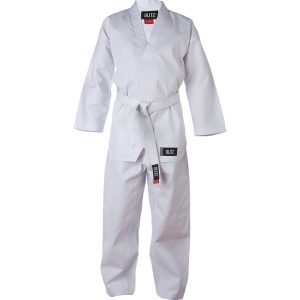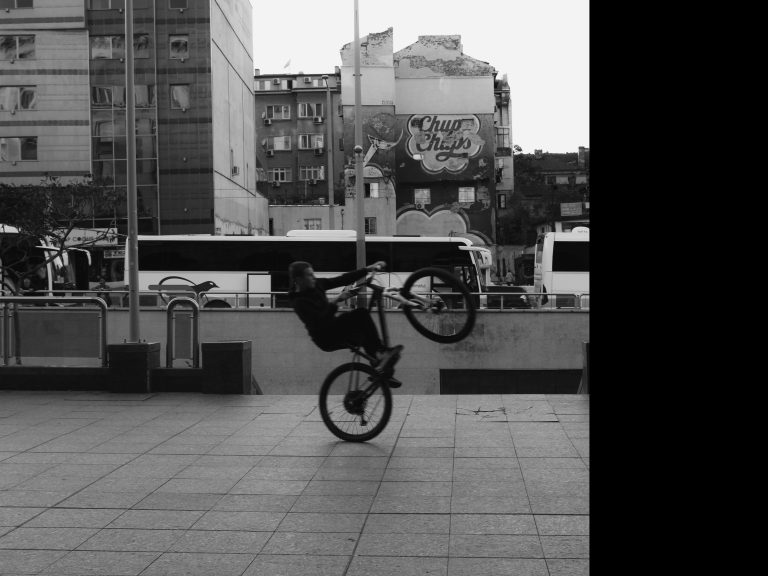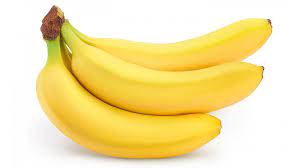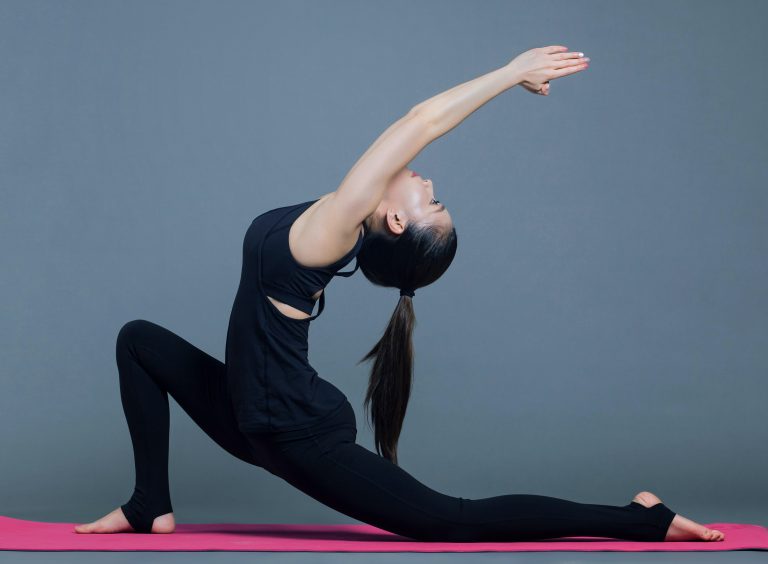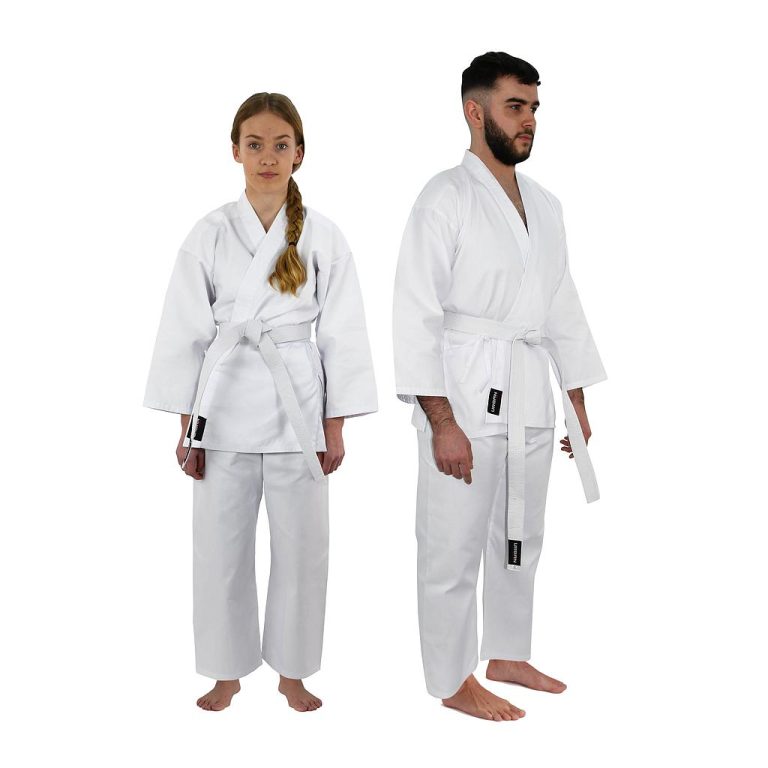Have you ever wondered about the vast world of martial arts? From karate to kung fu, taekwondo to capoeira, the diverse array of martial arts styles is both fascinating and awe-inspiring. In this article, we will explore the extensive range of martial arts, shedding light on their origins, techniques, and philosophies. Whether you’re a curious beginner or a seasoned practitioner, get ready to embark on a journey into the captivating world of martial arts.
Table of Contents
ToggleTraditional Martial Arts
Karate
Karate is a traditional martial art that originated in Okinawa, Japan. It focuses on striking techniques, such as punches, kicks, and knee strikes. Karate practitioners also learn forms or patterns called katas, which are precise movements designed to develop strength, speed, and focus. Karate emphasizes discipline, self-control, and respect for others. It is a popular martial art for both children and adults.
Taekwondo
Originating in Korea, Taekwondo is known for its high, fast kicks and dynamic techniques. It emphasizes agility, flexibility, and endurance. In addition to kicking and striking, Taekwondo also includes various forms or patterns, sparring, and breaking techniques. Taekwondo promotes self-defense skills, physical fitness, and mental discipline. It is often practiced as a sport and is a popular martial art worldwide.
Kung Fu
Kung Fu, also known as Wushu, is a traditional Chinese martial art that encompasses a wide range of styles and techniques. It emphasizes both physical and mental development, incorporating kicks, strikes, throws, joint locks, and grappling techniques. Kung Fu training also involves practicing forms or patterns, which help improve coordination, balance, and overall strength. It is a comprehensive martial art that promotes self-defense, health, and self-discipline.
Judo
Judo, meaning “gentle way” in Japanese, is a martial art and Olympic sport that focuses on throws, pins, and submissions. It emphasizes using an opponent’s strength and momentum against them, rather than relying solely on brute force. Judo practitioners learn how to redirect attacks and immobilize their opponents using leverage and technique. Judo also incorporates groundwork and falling techniques, providing valuable skills for self-defense and competition.
Aikido
Aikido is another Japanese martial art that emphasizes using an opponent’s energy and movements to neutralize attacks. Aikido techniques involve throws, joint locks, and pins, with an emphasis on circular movements and fluidity. Aikido practitioners learn how to blend with their opponent’s force, redirecting it in a way that minimizes harm and optimizes control. Aikido promotes harmony, mindfulness, and self-improvement.
Weapon-based Martial Arts
Kendo
Kendo, which means “way of the sword” in Japanese, is a martial art that focuses on Japanese swordsmanship. Practitioners use bamboo swords called shinai and protective gear to engage in simulated sword fights. Kendo emphasizes proper technique, discipline, and respect. It develops mental focus, physical stamina, and an understanding of the samurai warrior spirit.
Fencing
Fencing is a European martial art that centers around swordplay. It involves using a foil, épée, or sabre to engage in one-on-one bouts. Fencing improves agility, coordination, and strategic thinking. It requires precision, quick reflexes, and adaptability. Fencing is widely practiced as a competitive sport and is included in the Olympic Games.
Escrima
Escrima, also known as Kali or Arnis, is a Filipino martial art that utilizes weapons such as sticks, knives, and bladed weapons. It emphasizes practical self-defense techniques and weapon disarms. Escrima practitioners learn how to flow seamlessly between weapon and empty hand techniques. This martial art develops coordination, reflexes, and situational awareness.
Naginatajutsu
Naginatajutsu is a Japanese martial art that focuses on the use of the naginata, a traditional pole weapon with a curved blade. Practitioners learn sweeping strikes, thrusts, and spinning techniques. Naginatajutsu promotes discipline, physical strength, and mental focus. It combines elements of both spear and sword techniques, making it a versatile martial art.
Grappling Martial Arts
Brazilian Jiu-Jitsu
Brazilian Jiu-Jitsu (BJJ) is a martial art that emphasizes ground fighting and submission holds. It focuses on using leverage and technique to overcome larger and stronger opponents. BJJ practitioners learn various grappling techniques, sweeps, and submissions. This martial art is effective for self-defense and is widely practiced in mixed martial arts (MMA) competitions.
Judo
As mentioned before, Judo is a martial art that incorporates throws, pins, and submissions. It also includes grappling techniques, making it a versatile martial art in close combat situations. Judo practitioners learn how to off-balance opponents and use their own body weight to gain control. Judo is an Olympic sport and promotes physical fitness, discipline, and mental toughness.
Sambo
Sambo is a Russian martial art that combines elements of wrestling and judo. It focuses on throws, joint locks, and ground fighting. Sambo practitioners learn a variety of takedowns and submission holds. This martial art is known for its efficiency in both sport and self-defense situations. Sambo promotes physical strength, flexibility, and adaptability.
Wrestling
Wrestling is a combat sport that involves grappling techniques, throws, and takedowns. It can be traced back to ancient times and has been practiced in various cultures throughout history. Wrestling promotes strength, agility, balance, and mental toughness. It is an Olympic sport and is widely practiced in schools and universities as a competitive sport.
Striking Martial Arts
Muay Thai
Muay Thai, also known as Thai Boxing, is a striking martial art from Thailand. It incorporates punches, kicks, knees, and elbow strikes. Muay Thai is known for its devastating power and effectiveness in close-quarters combat. It develops physical conditioning, striking precision, and mental discipline. Muay Thai is commonly practiced as a sport and is a fundamental component of MMA.
Kickboxing
Kickboxing is a hybrid martial art that combines elements of boxing and various kicking techniques. It focuses on punches, kicks, knee strikes, and sometimes elbow strikes. Kickboxing improves cardiovascular fitness, coordination, and overall body strength. It is practiced both as a competitive sport and for self-defense purposes.
Boxing
Boxing is a combat sport that involves using fists to strike an opponent. It emphasizes punches, footwork, and head movement. Boxing training improves speed, agility, endurance, and hand-eye coordination. It is a highly skillful martial art and is known for its intense physical conditioning and strategic approach. Boxing is widely practiced as a professional sport and is an Olympic event.
Sanshou
Sanshou, also known as Sanda or Chinese Kickboxing, is a Chinese martial art that combines elements of striking and throwing techniques. It includes punches, kicks, knee strikes, and takedowns. Sanshou promotes overall fitness, agility, and a well-rounded skill set for both striking and grappling. It is often practiced as a competitive sport and is a part of modern Wushu competitions.
Mixed Martial Arts (MMA)
Muay Thai
As mentioned before, Muay Thai is a key component of MMA. Its striking techniques, clinching, and use of knees and elbows are highly effective in MMA competitions. Muay Thai practitioners excel at stand-up fighting and close-quarters striking. Many MMA fighters incorporate Muay Thai into their training to enhance their striking abilities and overall combat skill set.
Brazilian Jiu-Jitsu
Brazilian Jiu-Jitsu (BJJ) is also a significant part of MMA training. Its focus on ground fighting, submissions, and positional control provides MMA fighters with valuable skills for grappling and submissions. BJJ practitioners are known for their ability to effectively neutralize opponents and secure submissions even from disadvantageous positions. BJJ training is essential for MMA fighters looking to excel in ground-based combat.
Wrestling
Wrestling, with its emphasis on takedowns, control, and groundwork, plays a crucial role in MMA. Wrestlers possess excellent takedown defense skills and the ability to dictate where the fight takes place. They are adept at controlling opponents on the ground and in implementing effective ground-and-pound techniques. Wrestling training is highly valued by many MMA fighters.
Kickboxing
Kickboxing, with its diverse striking techniques and focus on high-impact strikes, is also an integral part of MMA training. Kickboxers are proficient in using both punches and kicks to strike opponents effectively. They develop speed, accuracy, and power in their strikes. Kickboxing training enables MMA fighters to engage in striking exchanges with precision and technique.
Combat Sports
Boxing
Boxing, with its emphasis on punches, footwork, and defensive techniques, is a combat sport practiced all over the world. It is a discipline that showcases speed, power, and technique. Boxers train extensively to develop their punching accuracy, footwork, and defensive maneuvers. Boxing matches test fighters’ endurance, skill, and ability to outwit opponents in the ring.
Muay Thai
Muay Thai, as mentioned earlier, is a combat sport that originated in Thailand. It is known for its full contact striking techniques, including punches, kicks, knees, and elbows. Muay Thai matches are fast-paced and intense, requiring fighters to possess exceptional conditioning, timing, and technique. Muay Thai fighters compete in the ring, showcasing their skills and battling for victory.
Kickboxing
Kickboxing, with its blend of punches and kicks, is a widely popular combat sport. It combines elements of boxing and various kicking techniques to create dynamic and high-energy matches. Kickboxing fights showcase a range of striking techniques and require fighters to display skill, precision, and agility. The sport demands physical fitness, flexibility, and mental toughness.
Wrestling
Wrestling, both freestyle and Greco-Roman styles, is an Olympic sport practiced worldwide. Wrestlers engage in intense battles of strength and technique, aiming to take down and control opponents. Wrestling matches test athletes’ physical prowess, agility, and mental resilience. Wrestlers use technical skill and strategy to outmaneuver their opponents, earning points through takedowns and pins.
Judo
As discussed earlier, Judo is not only a traditional martial art but also a combat sport and an Olympic discipline. Judo matches involve throwing opponents to the ground, holding them in immobilizing positions, or submitting them through joint locks or chokes. Judokas demonstrate precision, timing, and strength while aiming for victory. Judo competitions showcase athletes’ skills in executing various techniques and strategies.
Taekwondo
Taekwondo, with its high, fast kicks and explosive techniques, is also a popular combat sport. Competitors engage in matches focused on delivering powerful kicks and strikes while exhibiting control and precision. Taekwondo competitions emphasize accuracy, speed, and agility. Athletes aim to score points by landing kicks and punches on their opponents, displaying their dexterity and skill.
Hybrid Martial Arts
Jeet Kune Do
Jeet Kune Do, created by the legendary Bruce Lee, is a hybrid martial art that encompasses techniques from various styles. It emphasizes simplicity, practicality, and efficiency in self-defense. Jeet Kune Do practitioners aim to adapt to any combat situation, using techniques from boxing, Wing Chun, fencing, kickboxing, and more. This martial art promotes adaptability, speed, and effective use of energy.
Krav Maga
Krav Maga is a self-defense system developed for the Israeli military. It focuses on real-world combat and teaches techniques for handling threatening situations. Krav Maga practitioners learn a combination of strikes, kicks, grappling, and defenses against armed attacks. It emphasizes quick and aggressive counterattacks, maximizing the likelihood of survival. Krav Maga promotes mental resilience and effective self-defense skills.
Systema
Systema, a Russian martial art, emphasizes fluid and relaxed movements, breath control, and unpredictable defensive responses. It incorporates strikes, joint manipulation, throws, and groundwork techniques. Systema training focuses on developing awareness, adaptability, and effective self-defense skills. This martial art emphasizes personal growth, stress management, and holistic training of the mind and body.
Internal Martial Arts
Tai Chi
Tai Chi, also known as Tai Chi Chuan, is an ancient Chinese martial art that is practiced for health, meditation, and self-defense purposes. It is characterized by slow, flowing movements that promote relaxation, balance, and internal energy cultivation. Tai Chi practitioners focus on body alignment, breath control, and mental focus. Tai Chi is renowned for its health benefits, including stress reduction and improved flexibility.
Baguazhang
Baguazhang is another Chinese martial art that emphasizes circular walking patterns and continuous flowing movements. It incorporates strikes, kicks, joint locks, and throws. Baguazhang practitioners cultivate agility, coordination, and internal energy through forms and applications. This martial art promotes balance, flexibility, and internal strength.
Xingyiquan
Xingyiquan, meaning “form and will boxing,” is a Chinese martial art that emphasizes explosive power generated from the center of the body. It incorporates striking, kicking, and throwing techniques. Xingyiquan practitioners focus on cultivating internal energy and developing a strong connection between body and mind. This martial art promotes physical strength, mental clarity, and efficient movement.
Indian Martial Arts
Kalaripayattu
Kalaripayattu is an ancient Indian martial art that originated in the state of Kerala. It is known for its dynamic movements, acrobatics, and weapon training. Kalaripayattu includes strikes, kicks, grappling, and healing techniques. It focuses on the development of physical dexterity, flexibility, and mental discipline. Kalaripayattu is recognized as one of the oldest martial art forms in the world.
Silambam
Silambam is a traditional Indian martial art from Tamil Nadu that uses a long staff called a silambam. Practitioners learn various strikes, blocks, and spins. Silambam training promotes hand-eye coordination, physical fitness, and discipline. It is often performed as a dynamic and highly energetic dance during cultural festivals in Tamil Nadu.
Thang-Ta
Thang-Ta is a martial art from Manipur, a northeastern state in India. It combines swordsmanship (Thang) and spear fighting (Ta). Thang-Ta practitioners display impressive acrobatics, weapon techniques, and combat strategies. Thang-Ta training promotes agility, coordination, and mental focus. It is deeply rooted in Manipuri culture and is performed during traditional ceremonies and festivals.
Gatka
Gatka is a traditional martial art from the Punjab region of India, which incorporates weaponry and stick fighting. Practitioners learn various sword, shield, and staff techniques. Gatka training promotes coordination, concentration, and physical fitness. It is accompanied by music and is often performed during cultural events and Sikh religious ceremonies.
African Martial Arts
Dambe
Dambe is a traditional West African martial art that originated among the Hausa people of Nigeria. It is a form of boxing that utilizes striking and wrestling techniques. Dambe fighters typically wrap one hand with a cloth strip for added protection and use that hand for striking while the other hand is used for blocking and grappling. Dambe competitions are often celebrated events within the community.
Nuba Fighting
Nuba Fighting, practiced among the Nuba people of Sudan, is a traditional wrestling and stick-fighting martial art. It involves two competitors facing off in a test of strength and skill. Nuba Fighting showcases a combination of wrestling techniques, strikes with long sticks, and evasive maneuvers. It is often accompanied by traditional music and ceremonial rituals.
Lutte Traditionnelle
Lutte Traditionnelle, also known as Laamb, is a traditional Senegalese wrestling that is deeply rooted in the culture and traditions of Senegal. It combines various wrestling techniques with elements of dance and music. Lutte Traditionnelle events are highly popular and draw large crowds. Competitors showcase their strength, agility, and technique while seeking to take down their opponents.

